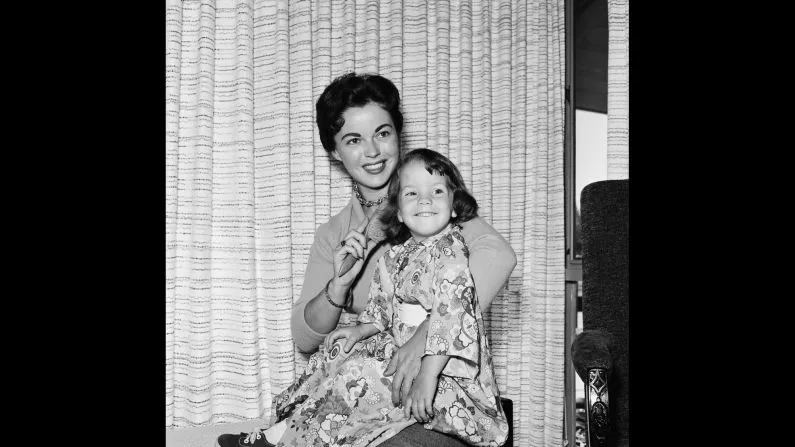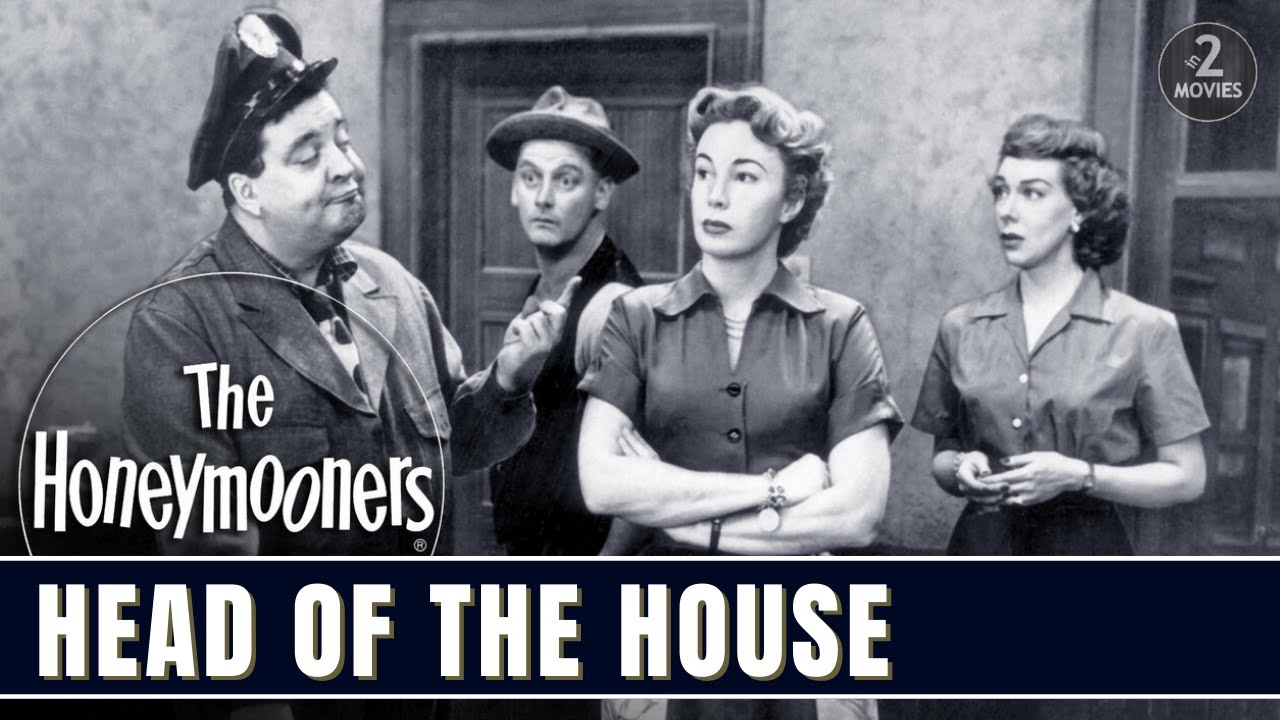The year 1939 was a landmark one for Hollywood. Orson Welles, a rising star with a booming voice and boundless ambition, revolutionized radio with his infamous "War of the Worlds" broadcast, forever changing the landscape of media. Meanwhile, Shirley Temple, the dimpled darling of Depression-era America, continued to dominate the silver screen, her infectious charm bringing smiles to millions.

These two seemingly disparate icons, however, found themselves sharing an unlikely moment of childhood wonder that year. While the details remain hazy, a fascinating glimpse into their past emerged in the form of a photograph: Orson Welles and Shirley Temple, standing beside a miniature roller coaster on the grounds of Shirley's sprawling Brentwood estate.
The image, though undated, is believed to have been taken in 1939. Welles, at 24, was already a force to be reckoned with. His theatrical adaptation of "Julius Caesar" had garnered critical acclaim, and his innovative Mercury Theatre company was pushing boundaries. Shirley, a mere 11 years old, was a seasoned veteran with a string of box office hits and a level of fame rarely seen in a child star.
So, how did these two titans of Hollywood find themselves united by a miniature coaster?

One possibility is a friendly connection. Welles, despite his burgeoning reputation as a maverick, maintained a playful side. He was known to enjoy practical jokes and lighthearted moments with fellow actors. Perhaps a mutual friend, or even a business associate of their parents, brought them together for a social gathering.
Another theory suggests a professional link. While their careers never directly intersected, both were signed to 20th Century Fox at the time. It's conceivable that the studio, always keen on cultivating positive publicity, orchestrated a photo op to showcase their two biggest stars enjoying some wholesome downtime.
The miniature roller coaster itself adds another layer of intrigue. These backyard amusement rides were not uncommon for wealthy families in the 1930s. They offered a safe and exciting escape for children, and their popularity soared during the Depression as a way to bring joy and laughter into homes.

The photograph captures a candid moment. Welles, dressed casually in a suit and tie, leans forward with a mischievous grin, his towering frame contrasting with Shirley's petite stature. Shirley, in a simple dress with her trademark curls bouncing, returns the smile, a hint of thrill in her eyes. One can almost imagine the excited chatter as they prepare for a ride, the anticipation building as they climb into the miniature cars.
The image transcends a mere snapshot. It offers a glimpse into a bygone era of Hollywood, a time when child stars like Shirley Temple reigned supreme and young visionaries like Orson Welles were just beginning to make their mark. It humanizes these larger-than-life figures, reminding us that even amidst the glitz and glamour, they were still young people seeking a bit of fun.

The photograph also sparks the imagination. What did they talk about during their visit? Did Welles regale Shirley with stories from his theatrical work? Did Shirley, known for her precociousness, offer Welles some unexpected advice on navigating the Hollywood machine?
Sadly, the answers to these questions remain lost to time.
What endures, however, is the image itself – a testament to the fleeting nature of fame and the enduring power of childhood amusement. It reminds us that even the brightest stars sometimes seek the simple pleasures of a backyard thrill ride, a shared moment of laughter and camaraderie that transcends age, career paths, and the weight of celebrity.




